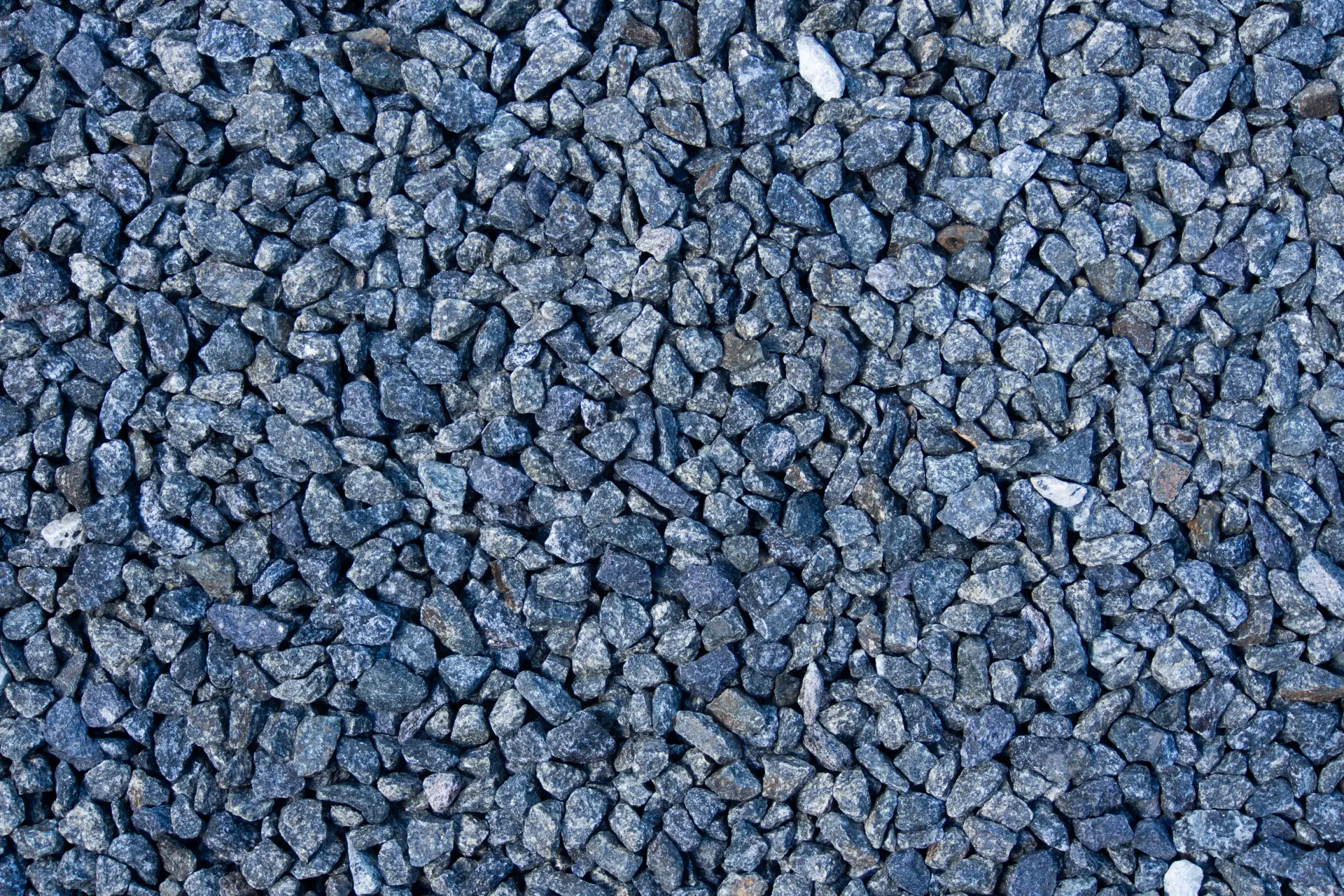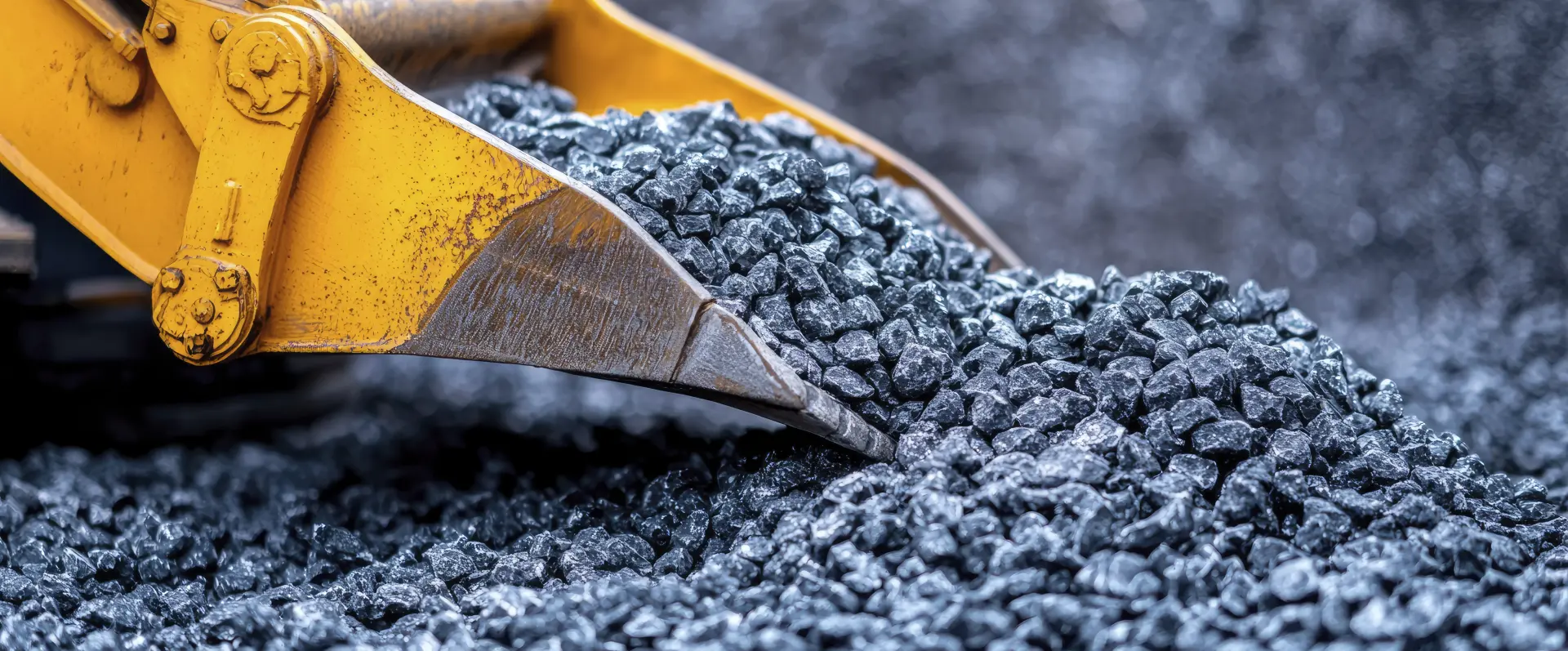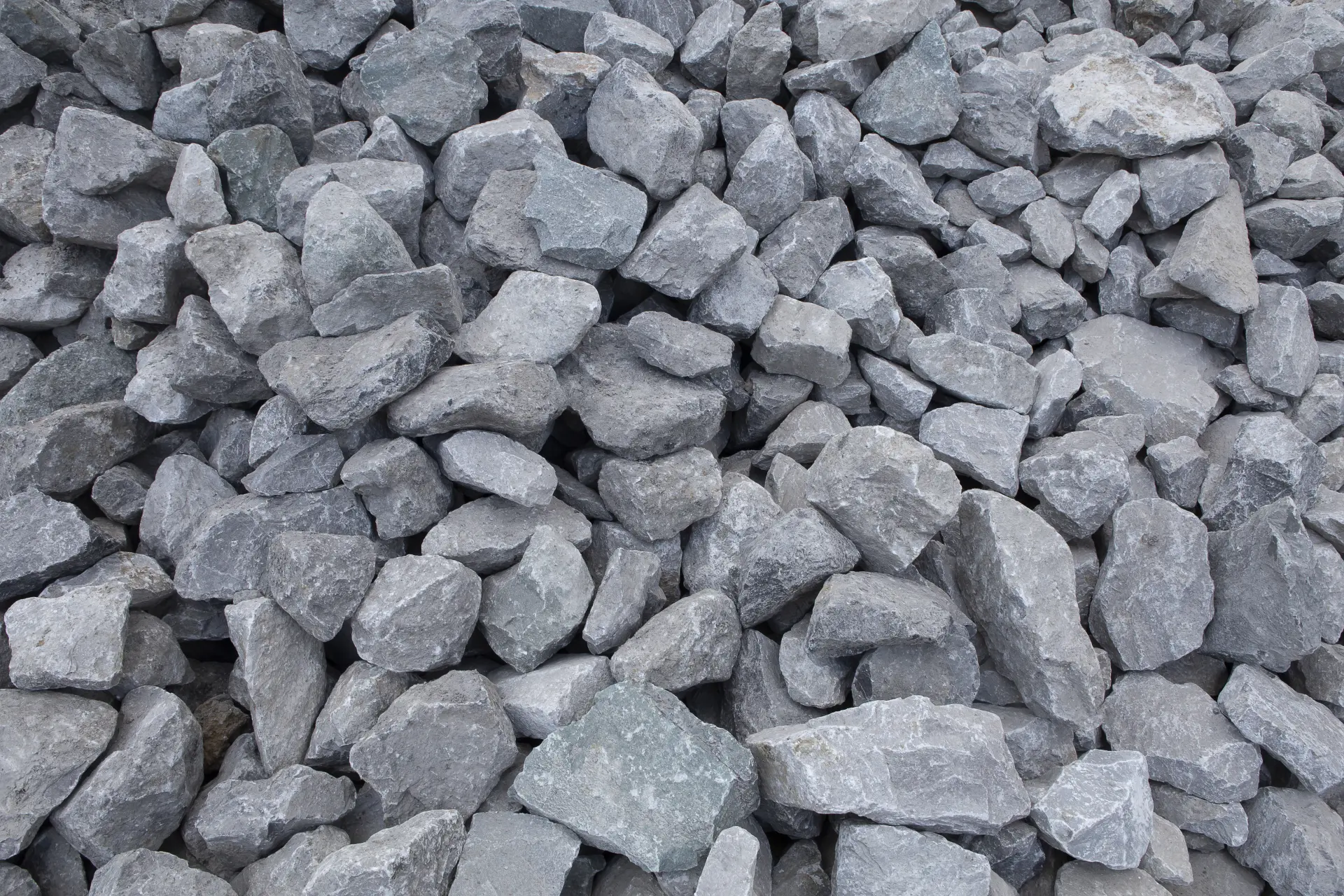Not sure which aggregate is best for your project? Discover the differences between sand, gravel, crushed stone, and recycled materials. In this article, you'll learn what to consider when choosing the right aggregate, how grain size affects performance, and how to calculate the right amount.
Choosing the Right Aggregate for Your Project
When starting a building or garden project, it’s important to pick the right type of aggregate. Aggregates are small materials like sand, gravel, and crushed stone. They are used in making concrete, paths, driveways, and more. Each type has its own use, so learning about them will help your project go smoothly.
Sand
Sand is a fine, soft type of aggregate. It is often used for making concrete, laying bricks, or under paving stones. Sand helps fill in small spaces and makes the surface smooth.
There are different types of sand, such as building sand and sharp sand. Building sand is softer and used in mortar. Sharp sand is rougher and better for concrete. If your project needs a smooth finish or strong base, sand might be the best choice. Make sure to pick the right kind of sand for your job to get the best result.
Gravel
Gravel is made up of small stones and pebbles. It is perfect for paths, driveways, and drainage systems. Gravel comes in different sizes, and each size has its own use.
For example, large gravel is great for heavy-duty projects, while smaller gravel is better for footpaths. It’s also used in concrete mixes to make it strong. Gravel is easy to lay and helps water flow through the ground. This makes it good for outdoor jobs. Choosing the right type of gravel helps your project stay firm and dry.
Crushed Stone
Crushed stone is a hard, jagged type of aggregate made by breaking big rocks into smaller pieces. It is used in road building, under driveways, and in concrete. Crushed stone is stronger than gravel and is often used where heavy loads will be placed. It packs well and doesn’t move around easily. This makes it perfect for building solid surfaces.
If your project needs a firm base that can carry weight, crushed stone could be the best choice. You can choose different sizes depending on what you need.
Recycled Aggregate
Recycled aggregate is made from old concrete, bricks, or other used building materials. These are crushed and cleaned to make a new type of aggregate. It’s a great choice for the environment because it reduces waste. Recycled aggregate can be used in paths, driveways, and as a base for new concrete.
It’s usually cheaper than brand-new aggregates but still works well for many jobs. If your project doesn’t need top-quality materials, recycled aggregate can save money and help the planet.
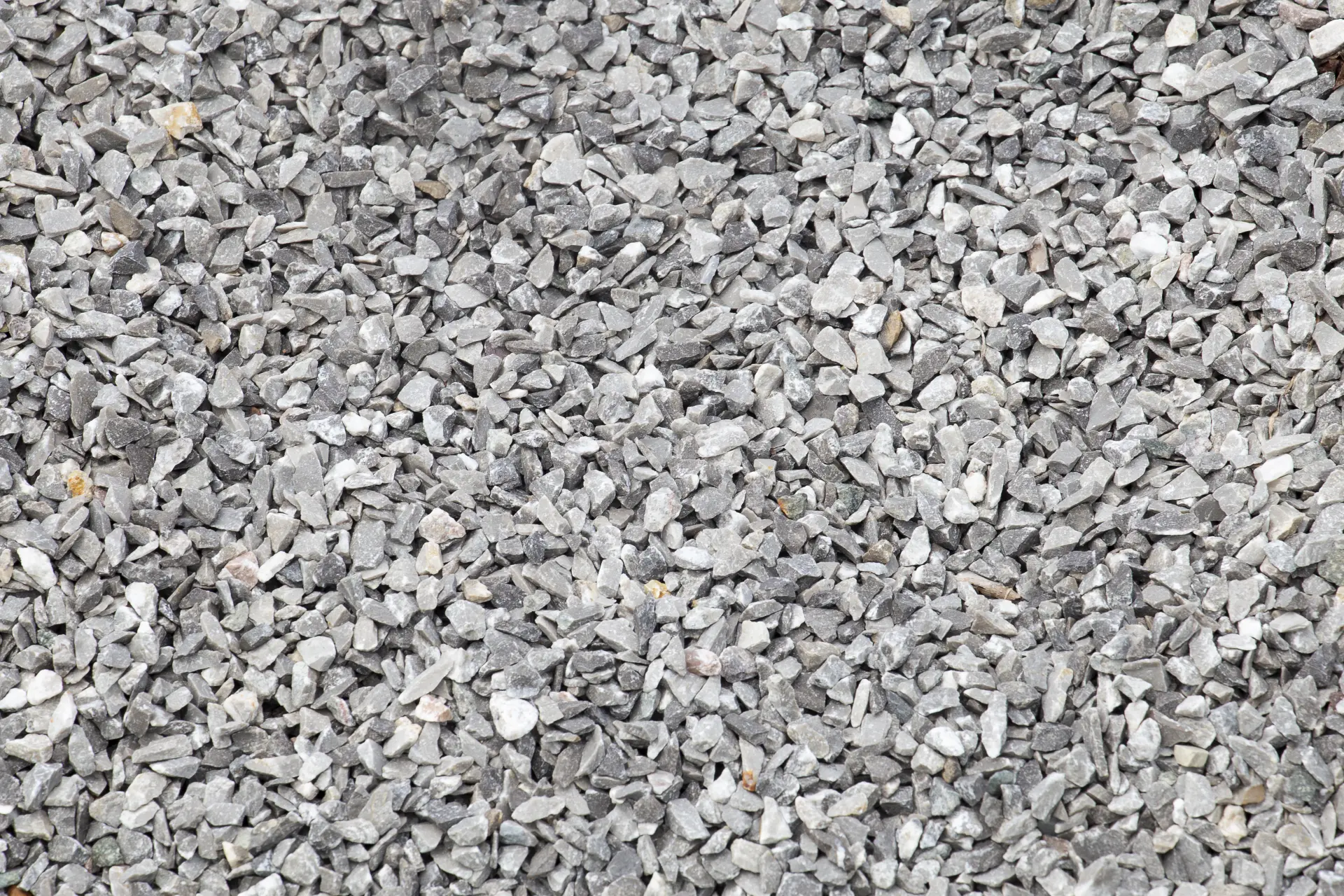
Factors to Consider When Choosing Aggregate
Choosing the right aggregate means thinking about your project’s needs. Some jobs need strong bases, others need good drainage or a nice look. You’ll also want to think about where the aggregate comes from, how much it costs, and if it’s good for the environment. Below are four helpful points to guide your choice.
What Is Your Project?
First, think about what your project is. Are you building a driveway, a path, or making concrete? The job will help you pick the best type of aggregate. For example, soft sand is good for laying bricks, while crushed stone is better for strong driveways.
Location and Drainage
If your project is outdoors, think about water flow. Gravel and crushed stone let water drain away. This helps stop puddles or damage. If the area gets wet often, pick an aggregate that allows good drainage.
Look and Feel
Some projects need the surface to look nice. For gardens or paths, you might choose smooth gravel or bright-coloured sand. Other jobs need strength more than looks, like making concrete for a shed base.
Budget and the Environment
Different aggregates cost different amounts. Recycled aggregate is cheaper and eco-friendly. If you're trying to save money or be kind to nature, this might be a good choice. Always balance price with quality to get the best result for your project.
Grain Size and Its Impact on Performance
The size of the aggregate grains matters a lot. Fine grains like sand are used when you need a smooth surface or need to fill small spaces.
They’re perfect for mortar and paving. Medium to large grains, such as those in gravel or crushed stone, are used when you want strength and drainage. Large grains create strong bases for things like driveways and roads. They don’t shift easily and can carry heavy loads.
If the grains are too small, your surface might sink or shift. If they’re too big, they might not pack well. This can make the base unstable. For concrete, a mix of grain sizes works best. The fine grains fill the gaps between larger ones, making the mixture strong. Picking the right grain size for your project helps it last longer and work better.
Aggregate Quality and Sourcing
The quality of your aggregate affects how well your project will turn out. Good-quality aggregates are clean and free from dirt or clay. If the materials are dirty, they won’t stick well in concrete and may break over time. Always check where your aggregate comes from. Reputable suppliers test their materials to make sure they meet safety and strength rules.
Local sourcing is often cheaper and better for the planet. It also means your materials are more suited to the local weather and ground conditions. Whether you're using sand, gravel, or recycled aggregates, make sure they are the right quality and type for your job. Don’t just go for the cheapest—good quality means better and longer-lasting results.
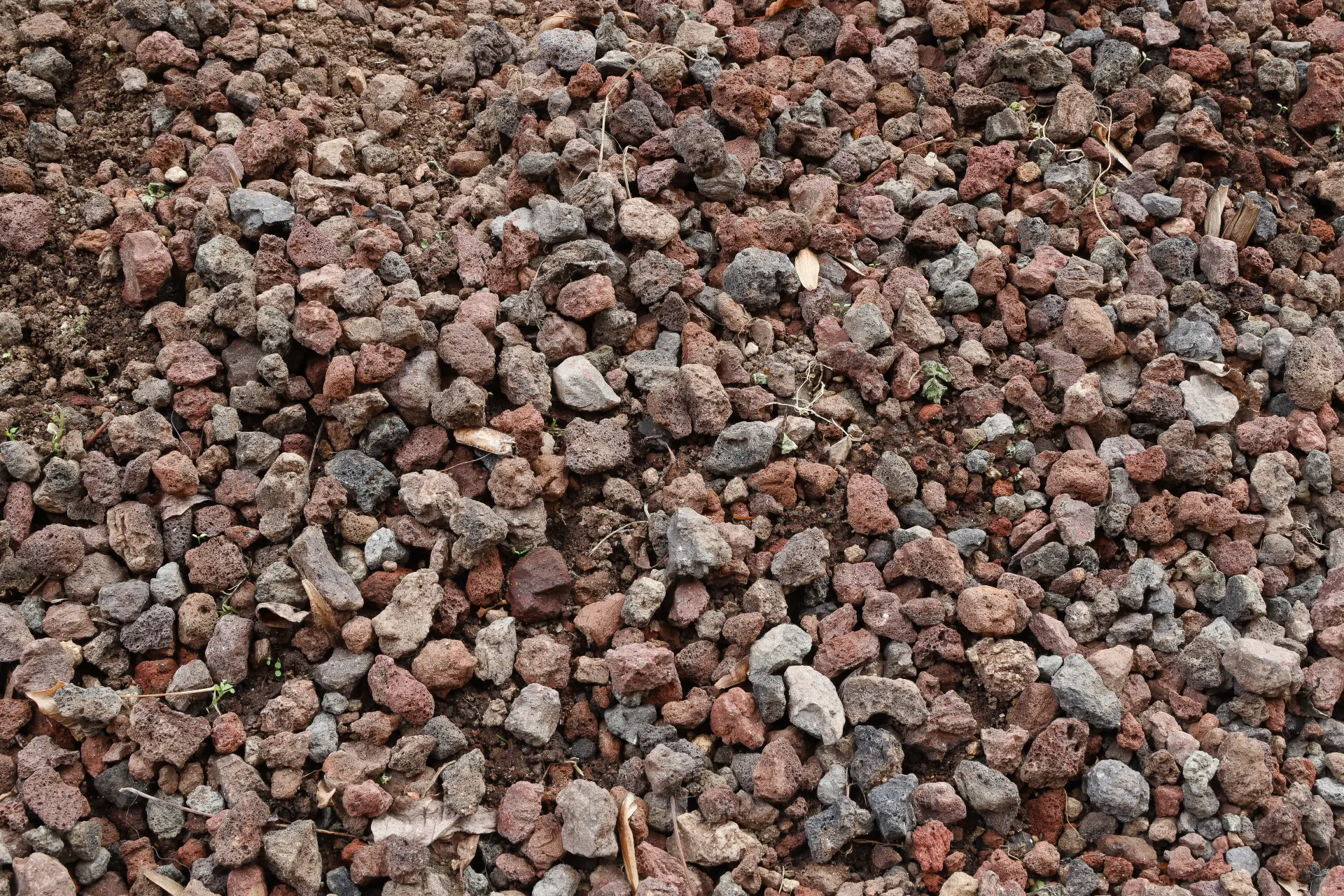
How to Calculate the Right Quantity of Aggregate
Before starting, work out how much aggregate you need. If you get too little, your project might stop halfway. Too much, and you waste money and space. First, measure the length, width, and depth of the area you want to fill. Multiply them to get the volume in cubic metres.
Then, check how much your chosen aggregate weighs per cubic metre. Suppliers often list this. You can also use online calculators. Just type in your measurements, choose your type of aggregate (like sand or gravel), and it will show you how much you need. It’s
Looking for reliable aggregate suppliers in Bracknell, Wokingham and surrounding areas? Major Muckaway Reading offers high-quality sand, gravel, crushed stone, and recycled materials for your construction needs.

